Ian Ruhter
Our interview with the self-taught tintype photographer on the process, struggle and journey behind making the largest wet plate print ever

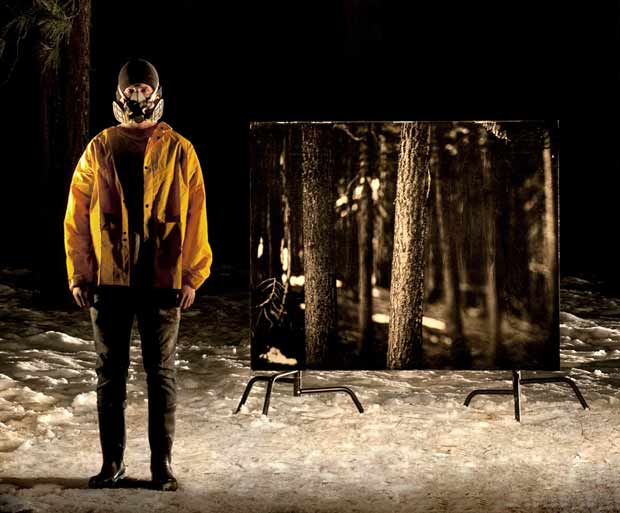
The 2012 Palm Springs Photo Festival Portfolio Review is the nation’s largest photography review program for both commercial and fine art photographers, and it offers the rare opportunity for photographers to get their work in front of some of the world’s most important curators, publishers, agents and art dealers. It also offers the opportunity for photographers to connect with one another and discuss their work. I was excited to participate in this year’s Festival, and when I arrived on the very first day, I was stopped in my tracks by one of the most spectacular photographs I had seen in a long time. What I was looking at was the largest tintype I had ever seen—in fact, the largest tintype anyone had ever seen—taken by Ian Ruhter.
On the third day of the Festival, Ian posted a video onto his Facebook page called “Silver and Light” documenting the challenging process of making these pictures, which included building what’s essentially a custom camera that fills the entire bed of a small truck. The revelatory video immediately began to speed across the Internet, even making it onto the web pages of celebrities like Justin Timberlake. I spent a lot of the week talking to Ian about his work, and witnessing this humble guy’s reaction to the mounting interest in his journey as a photographer.
Why did you start working with wet-plate photography in the first place?
As my photography started to become more and more digitized, I began to miss the feeling of being in the darkroom. And then one day, I went to buy film, and I discovered that they weren’t even making the type of film I used to use. I felt I was beginning to lose touch with what it really meant to make a photograph. So I decided to take a step into a time-machine and make pictures the way they were made in the 1800s. I started doing my own research, and basically just ordered everything off the internet and started making plates in my loft in LA. Then I took a class with Will Dunniway, and that helped push me further.
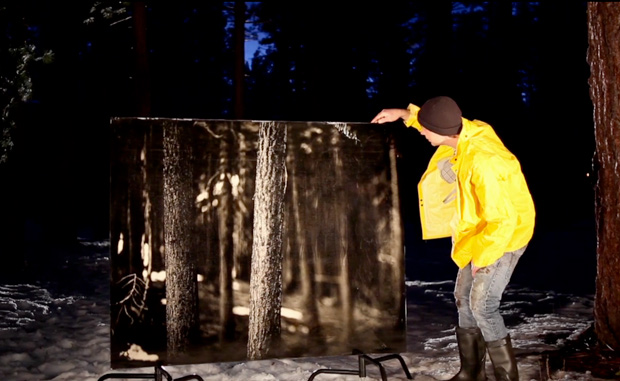
What drove you to try and make the largest tintype that had ever been made?
Once I had started to make some nice smaller plates, I began showing them to people. I started scanning them and sharing them as digital files. It was then that I realized I had lost the integrity of the photo again—I had just ended up returning to digital. I realized that if I was going to make pictures in a way I wanted, that I would have to take the process in an entirely different direction.
How much time went by between having the idea and creating your first successful large-scale image?
About a year and a half.
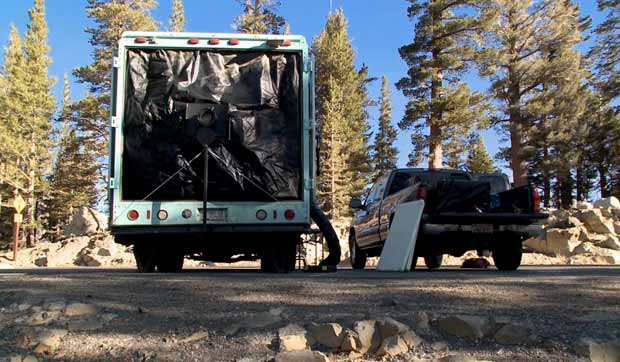
Why didn’t you give up?
Even though everyone was telling me that it was impossible, I believed I could do it. Besides once I had bought the lens and the truck I needed to make the pictures, I was so heavily invested, that I felt I just couldn’t back out.
The type of lens you needed is incredibly rare, how did you find it?
I checked around and people were telling me that the lens I was looking for was close to impossible to find. They were coming up for auction every few years or something. I started looking on Ebay and within the first month of searching, I had found and bought the lens. I took it as a sign that this was something I was just meant to do.
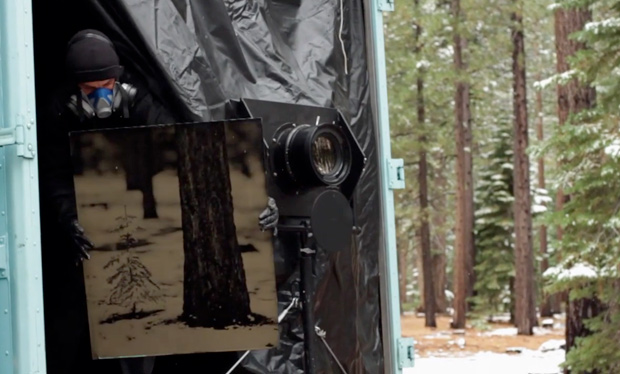
Can you describe what was actually involved in figuring out how to do what had never been done?
One of the most frustrating things about doing something that no one has ever done, is that there was no one to call and ask for help. This really became a process of trial and error. I mean, I barely even graduated high school, and here I was forced to be a scientist. I had to create design and build models and do experiments. I had to build a camera big enough to stand in. I had to figure out how to get these chemicals onto such a huge plate of metal. And to make it even more difficult, I decided that I was going to go out on location and shoot landscapes, so I couldn’t even control the environment. I had to start everything from scratch.
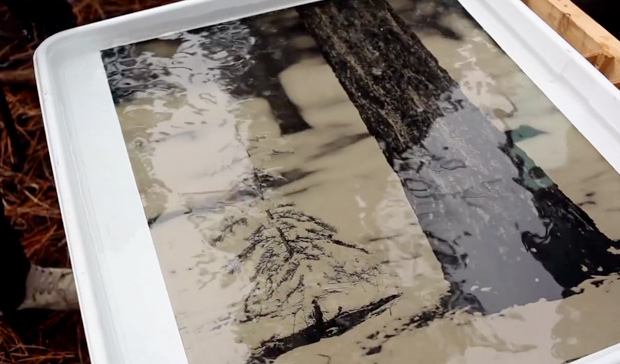
Now that you’ve accomplished your primary goal, where do you want this to go?
I started with landscapes, and I want to continue to tell the story of the American landscape, but I also want to tell the story of the people who are shaped by the land. Like Richard Avedon‘s pictures taken in the West. I want to drive my truck out into America. Now that I have the camera and figured out the process, it’s time to create.
Perhaps even more than the pictures you’ve taken, people around the world are reacting to the journey you showed us in your video. It must be amazing to be seen as this inspiration for people who want to follow their dreams?
It’s completely overwhelming to have so many people understand and be inspired by my story. Even if it’s not the actual photo that is inspiring people, even if they’re becoming emotional about the process—connecting with people is still the most exciting part of being an artist.












